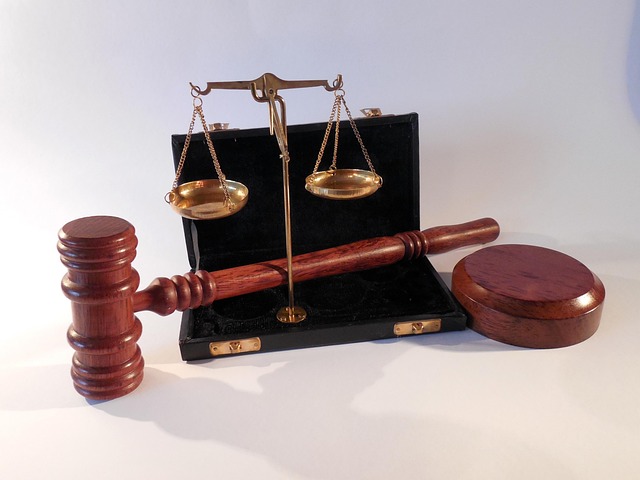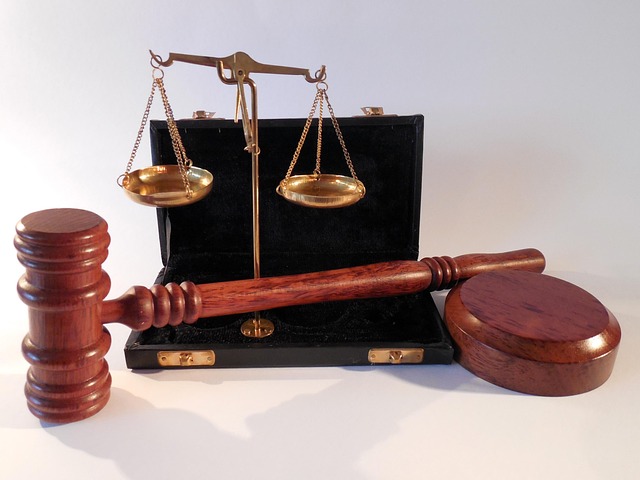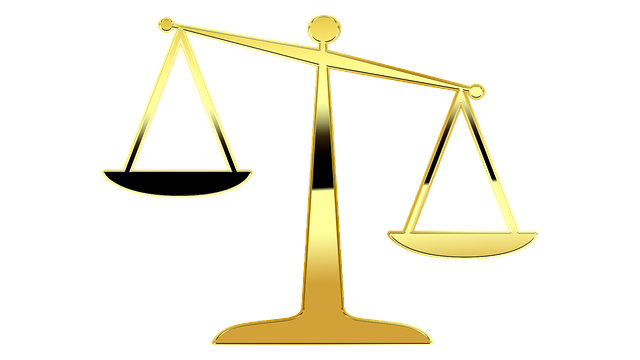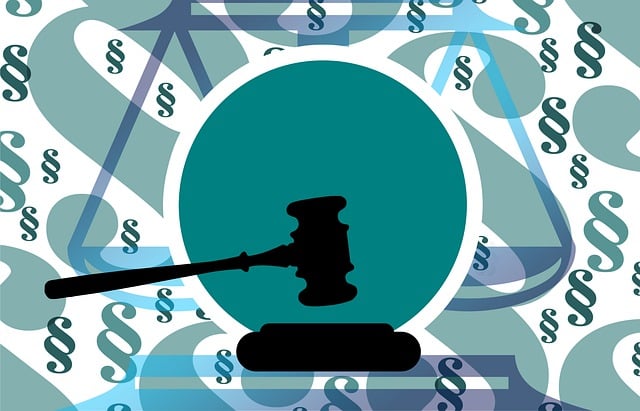Defamation lawsuits require understanding regional laws and identifying harmful statements. Gather evidence proving falsity and impact on reputation from various platforms. File a complaint outlining the claim and damages with the appropriate court. Involve strategic planning, evidence collection, credible witnesses, and digital proof preservation. Present evidence effectively in court for successful outcomes protecting reputations and interests.
Regulatory compliance is a complex landscape, particularly in the realm of defamation law. This comprehensive guide navigates the critical issues faced when considering how to file a defamation lawsuit. From understanding the reach of defamation laws and identifying harmful statements to the legal process and evidence presentation, each step demands meticulous attention. By delving into these key areas, we empower individuals and businesses to protect their reputations effectively.
- Understanding Defamation Laws and Their Reach
- Identifying Harmful Statements and Their Impact
- The Legal Process of Filing a Lawsuit
- Navigating Evidence Collection and Presentation
Understanding Defamation Laws and Their Reach

Defamation laws are designed to protect individuals and businesses from false statements that harm their reputation. When navigating regulatory compliance issues, understanding these laws is crucial for both corporate and individual clients. Defamation can take many forms, including libel (written) and slander (oral). It’s important to recognize that not all negative comments or criticism constitute defamation; the statement must be false and harmful to one’s business or personal standing.
To File a Defamation Lawsuit, individuals or businesses should gather evidence demonstrating the false nature of the statement and its impact on their respective business. This process involves a thorough review of communications, including social media posts, press releases, or public statements. Across the country, defamation laws vary slightly in their specifics, so it’s wise to consult with legal professionals familiar with state-level regulations. This ensures that your actions are aligned not only with federal guidelines but also with the respective business environment of each location where you operate.
Identifying Harmful Statements and Their Impact

Identifying harmful statements is a critical step in mitigating regulatory compliance issues, especially when considering potential defamation lawsuits. Defamation occurs when false statements are made that harm an individual’s reputation, leading to loss or damage. To file a successful lawsuit, it’s essential to understand the impact of these statements and gather solid evidence. This process involves meticulously reviewing all communications, documents, and digital media to pinpoint instances where a corporate or individual client might have been defamed.
The journey towards winning challenging defense verdicts begins with recognizing the subtle nuances of defamation. It could be a single misleading comment or a series of false narratives that collectively damage someone’s image. Throughout all stages of the investigative and enforcement process, legal teams must stay vigilant, ensuring every detail is examined thoroughly. This strategic approach not only helps in building a robust defense but also demonstrates a commitment to upholding ethical standards and protecting clients’ interests.
The Legal Process of Filing a Lawsuit

When considering how to file a defamation lawsuit, understanding the legal process is paramount. The first step involves identifying a violation, which can occur when false statements are made with malicious intent or negligence, causing harm to an individual’s reputation. After gathering evidence, such as the defamatory statements and their impact, the plaintiff must file a complaint with the appropriate court. This document outlines the claim, including details about the defendant’s actions and the resulting damages.
The subsequent stages involve service of process, where legal notices are delivered to the defendant, followed by their response. The defense may challenge the allegations, leading to discovery—a fact-finding process where both parties exchange information and documents. If a settlement isn’t reached, the case proceeds to trial. Here, a judge or jury decides the outcome, which can result in damages awarded to the plaintiff for achieving extraordinary results or winning challenging defense verdicts, ensuring justice for the respective business involved.
Navigating Evidence Collection and Presentation

Navigating Evidence Collection and Presentation is a critical component of any legal case, particularly when it comes to high-stakes cases involving defamation lawsuits. The process demands meticulous care to ensure that all evidence is gathered, preserved, and presented in a manner that achieves extraordinary results. In the case of defamation, where reputation and financial damages are at stake, understanding how to file a defamation lawsuit becomes paramount. This includes meticulously documenting instances of false statements, gathering credible witnesses, and preserving digital evidence like emails or social media posts that could serve as definitive proof.
A strategic approach involves careful planning and execution. Legal professionals must ensure that evidence is collected in a way that complies with legal standards, especially when dealing with sensitive information. Presenting this evidence in court requires a compelling narrative, clear organization, and expert witnesses who can interpret the data effectively. Winning challenging defense verdicts in such cases often hinges on the quality and persuasiveness of the evidence presentation, making it crucial for plaintiffs to engage experienced counsel who understand how to file a defamation lawsuit successfully.
In navigating regulatory compliance issues, particularly in understanding and addressing defamation, it’s crucial to familiarize yourself with local laws and legal processes. By comprehending the reach of defamation laws, identifying harmful statements, and learning how to file a lawsuit effectively, you can protect your reputation and ensure justice. Remember, proper evidence collection and presentation are key to navigating this complex landscape, ultimately enabling you to resolve disputes efficiently. For guidance on How to File a Defamation Lawsuit, consult legal experts and stay informed about relevant regulations.






